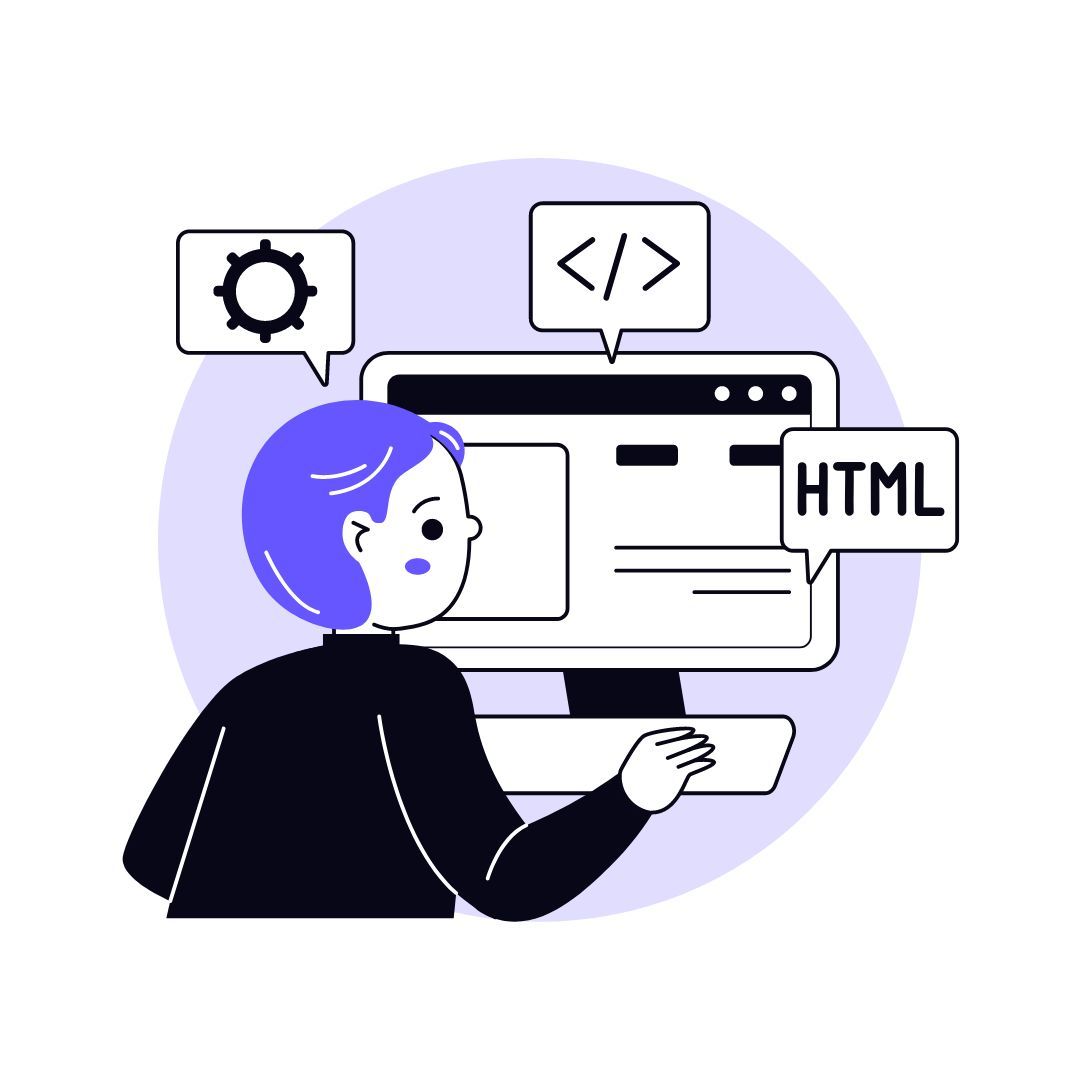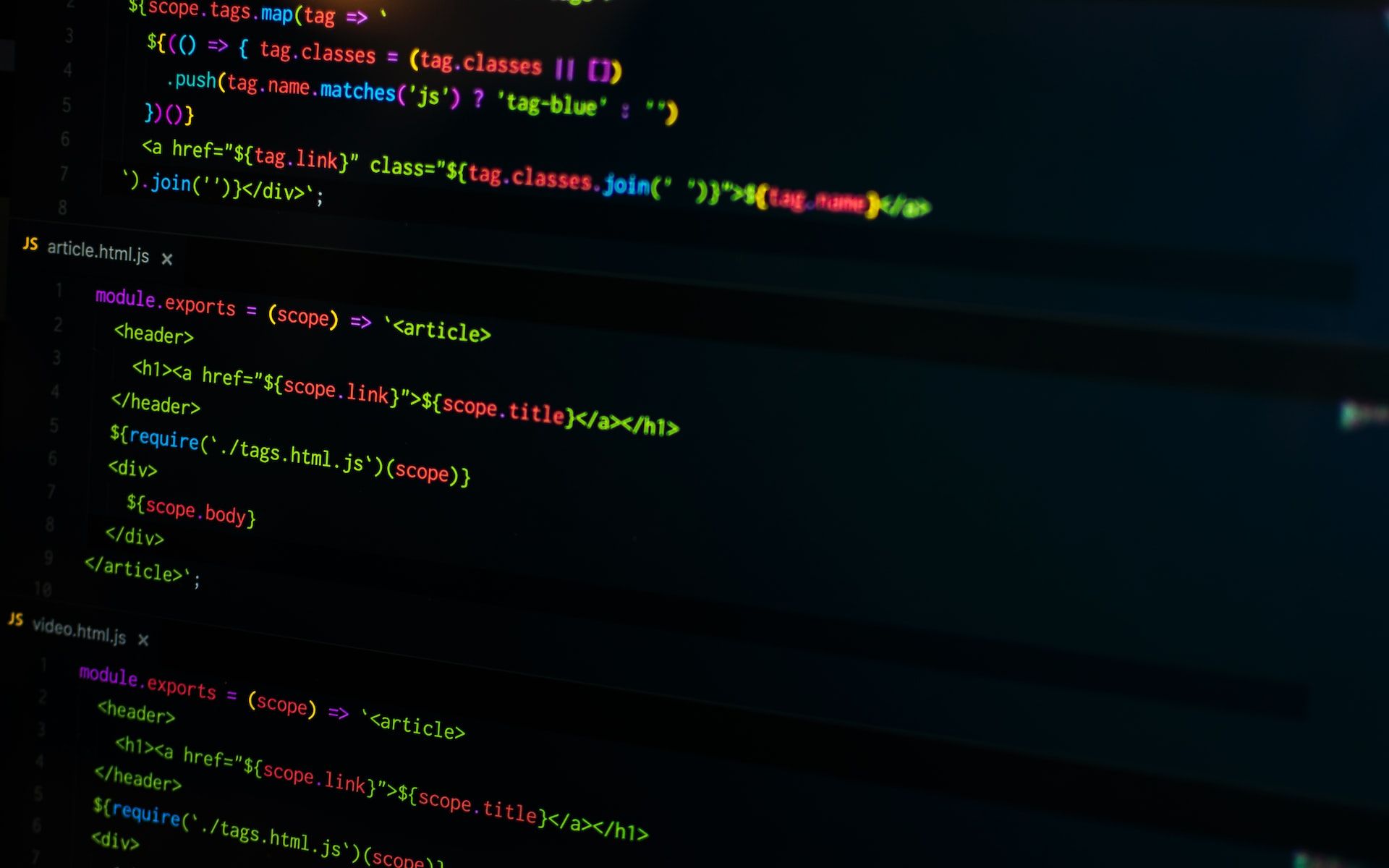Instead of a joke setup about three full-stack developers who walk into a bar, imagine a story where a bartender decides to become a full-stack developer.
We've seen it happen - no joke. It was made possible by a coding bootcamp.
So, if someone wants to become a full-stack developer, what do they need to know
What is a full-stack developer?
For context, let's examine the term "full stack development." In general, the applications of the web have two parts - the backend and the frontend.
The full-stack development is related to the whole process, including both the front and backends. In a web application, the frontend is the code that runs in the client or user browser. The backend of the application is executed on the server side.
A full-stack developer can create both server and client applications. They are experts in HTML and CSS who know how to create a browser and configure a server (through PHP, ASP, Python, or Node).
The differences between the backend and the frontend:
• The frontend focuses on the application's design, whereas the backend focuses on the code. In the web development application, the role of the full-stack developer is to design the webpage that gains the user's attention.
• The backend focuses on a website's data storage, security, and efficient development. It includes the run time of the click event.
• The frontend focuses on the data display and how the images can be arranged to attract customers, while the backend focuses on the website structure and server. This way, the addition, edit, and delete operations can be managed fast.
What does the full-stack developer do?
Full-stack developers need to have a wide variety of skills, including coding, graphic design, databases, and user experience management.
• The full-stack developer needs to help in the software development and the design. They design the user interaction in a web application and debug and test the software to keep the application optimized.
• In the development of the software, full-stack developers need to write code in both the back end and front end and create a database and servers for the server application.
• You need to ensure the optimization and compatibility of the software platform and know about emerging technologies for software development. While developing a full-stack, developers need to consider scalability, security, and maintenance.
Frameworks and Libraries in frontend
As the name suggests, the frontend deals with developing what the end user views and hears. The frontend is related to the user experience. Therefore, a front-end developer needs to understand the frameworks and front-end languages.
• React.js: It is a javascript library. It is flexible, declarative, and efficient. React.js is an open-source library maintained by Facebook. It is responsible for building the user interfaces. Using React.js, the application's frontend is developed efficiently.
• AngularJS: It is used for developing single-page web applications and is an open-source framework. The web page is designed as static HTML and can be changed to dynamic HTML. The attributes of the HTML can be extended using the directives, and the HTML bounds the data.
• JQuery: It is a library in javascript, which is open-source, and the main feature of this is to simplify the interaction between the document object model, Cascading style sheet document/ Hypertext markup language, and Javascript. The traversal of the HTML document, event handling, and animations in DOM is made easier using JQuery.
• A Bootstrap: It is a responsive tool used to create web applications and pages. It is a popular framework for developing responsive web pages.
• Flutter: It is managed by Google and is an open-source tool used to develop user interfaces. It constructs stunning and good-looking applications from a single code for desktop, web, and mobile.
Languages in frontend
• Hypertext markup language: It is also known as HTML and is used to design the application of web pages using markup languages. The links between the web pages can be created using hypertext. The documentation of the text is defined within the tag, representing the web page structure.
• Java Script: This is one of the famous languages developers use to design an attractive and interactive web page for the client. The website functionality is enhanced by running software that is web-based and cool games. To become a good developer, JavaScript needs to be learned.
• Cascading Style Sheet: This is a simple front-end language used to make the web page presentable through a simple process. Using CSS, the developer can apply styles to the websites.
Frameworks in the backend
• Spring supports Java applications. It is a server-side framework. Using this framework, the developer can design the Java application easily and quickly. It also supports other frameworks like Struts, Hibernate, and EJB.
• Ruby on Rails is based on the architecture pattern and has a model-view-control. It is one main server-side framework with default structures or templates for the databases, web services, and web pages.
• Django is a python-based framework with patterns based on the model and template view. It provides features of security, efficiency, and scalability. Complex and large web applications can be constructed easily using this framework.
• Laravel is a PHP framework. A web page can be created by reusing the framework's components.
• Express is a framework of Nodejs. It is used to develop hybrid web applications and construct a single or multi-page. The developer can also handle different requests over HTTP.
Languages in backend
The languages used in the development of the back end are as follows:
• Python
• C++
• Java
• PHP
• Ruby
• C#
• PHP
What about databases?
In application development, the database stores and retrieves the data. So, the frontend developer should know the following:
● SQL: Also known as a structured query language, it is a database in a standard format. This is used to create, update, maintain and retrieve the data from the database.
● MongoDB: It is a popular database of NoSQL. The database is open-source and document-oriented. The tables in MongoDB are not based on a relational database; the data is retrieved and stored in a different format.
● Oracle: The data collection is considered a unit in this database. The data is retrieved, stored, and updated using the query. Oracle is used to maintain the information and is a database server.
Understanding version control system
Each application and product developed has many versions. It goes through serious revisions before the product or project gets compiled and deployed. The full-stack developer needs to learn a version control system using Apache subversion, GitLab, and GitHub. In addition, the developer needs to know the basics of the different operating systems and the methods of deployment used in the various cloud services, like Microsoft Azure and AWS.
Full stack developer Photo by Christina @ wocintechchat.com on Unsplash



